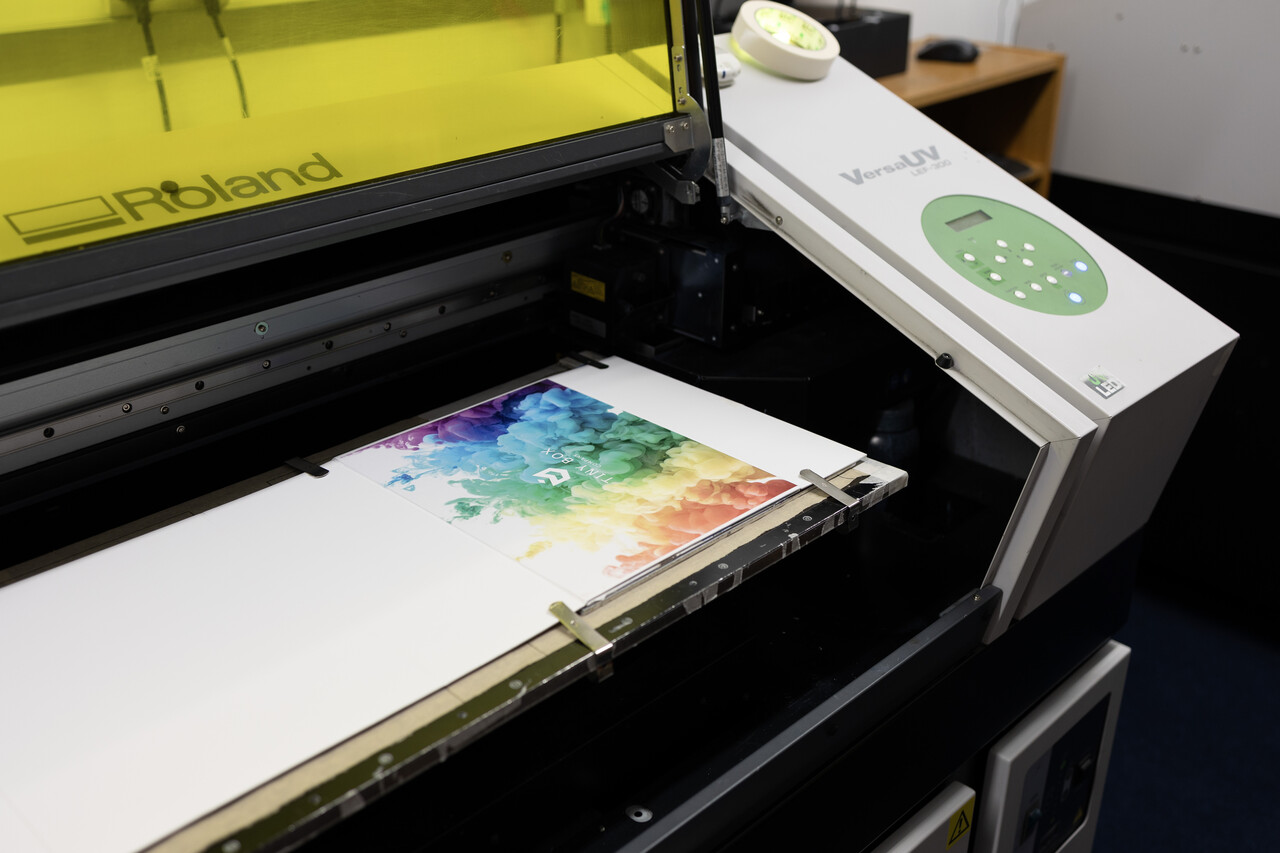A Comprehensive Overview to Recognizing Litho Printing Techniques
The world of litho printing, a technique originating from the late 18th century, is a fascinating blend of history, science, innovation and art. This extensive overview will unwind the intricacies of this printing method, from the make-up of litho inks to the obstacles faced in modern applications. As we venture into the intricacies of lithography, the significance of automation and sustainability in guaranteeing its future importance becomes increasingly clear. Stay with us as we journey right into the exciting world of litho printing.
The Historic Evolution of Litho Printing
The historic trajectory of litho printing, an essential innovation in the realm of communication, is a fascinating tale of human resourcefulness. Birthed in the late 18th century by Alois Senefelder, this technique was originally an affordable technique of publishing theatrical works. Lithography, originated from the Greek words for 'stone' and 'to compose', used a smooth stone surface area to move pictures onto paper. The process developed with the development of the rotating press, which considerably raised productivity (litho printing). In the 20th century, the innovation of countered lithography revolutionized the sector, permitting for automation of high-quality prints. Each phase of litho printing's advancement showcases mankind's relentless quest of effectiveness and high quality in aesthetic communication.
Translating the Scientific Research Behind Litho Printing Inks
Progressing in the exploration of litho printing methods, the focus currently moves to the scientific research behind litho printing inks. The structure of these inks, their drying out process, and shade mixing techniques form the backbone of this complicated art form. Recognizing these components is essential to grasping the craft and accomplishing the desired print results.
Structure of Litho Inks
In lithographic printing, the fundamental role of litho inks can not be overemphasized. Pigments, the color-providing aspects, are finely ground particles suspended in the car, a fluid that lugs the pigment onto the printing surface area. Each element plays a critical part in the last print's quality, making the specific solution of litho inks an intricate science.
Ink Drying Process
From the structure of litho inks, interest transforms to the interesting procedure of ink drying. The drying process is vital, as it affects the final print's high quality and durability. Two key methods are made use of in litho printing: oxidative drying and absorption. Oxidative drying entails the ink responding with oxygen airborne to create a tough, completely dry movie. This approach gives a durable coating, yet can be slower compared to absorption. Absorption, on the various other hand, entails the ink seeping into the paper fibers, which is a much faster procedure but can cause less lively shades. The selection in between these methods depends on variables such as print rate needs, the paper type made use of, and the desired coating.
Color Mixing Techniques
While the drying out procedure plays a vital role in litho printing, the science of shade blending techniques holds equivalent relevance. The scientific research behind litho printing inks also takes into account the openness of the ink, which impacts how shades overlay and mix.
The Art and Design Components in Litho Printing
Litho printing breathes life right into art and layout via its unique aspects. Litho printing suits a variety of colors, allowing musicians to produce dynamic and vibrant prints. This mix of accuracy and convenience makes litho printing a favored option for many musicians and developers.
Modern Applications of Litho Printing Techniques
Litho printing methods have actually located comprehensive usage in the modern-day business field. Its impact and value remain to expand with the arrival of new developments and innovations in the field. This area will check out these modern applications and the transformative role they play in the printing sector.
Commercial Litho Printing Uses
Litho printing continues to be a crucial component of the industrial market. High-volume printing tasks, such as the production of books, papers, and product packaging, depend on litho printing for its capability to supply remarkable picture top quality and price effectiveness. Litho printing likewise offers a wide shade spectrum, premium to that of digital printing.
Developments in Litho Printing
Pressing the boundaries of traditional techniques, modern developments have sustained a host of technologies in litho printing. These innovations have not just enhanced the quality and effectiveness of litho prints yet additionally broadened its application scope. One prominent growth is electronic litho printing, which incorporates the merits of digital modern technology with litho's high-quality result. This crossbreed design provides faster setup times, lowered waste, and allows on-demand printing. Another notable advancement is the intro of eco-friendly inks. These inks, made from vegetable or soy-based services, look at this web-site have actually substantially reduced the industry's environmental impact. litho printing. In addition, the growth of sophisticated plate technology has streamlined the printing process, resulting in sharper pictures and boosted shade fidelity. These advancements highlight the long-lasting relevance of litho printing in the modern-day world.
Discovering the Process of Litho Printing: Detailed

Difficulties and Solutions in Contemporary Litho Printing

Regardless of the accuracy and practice that litho printing proudly promotes, it is not without its set of contemporary obstacles. One of the most prevalent concerns consist of the high initial setup expense, trouble in printing variable data, and environmental worries because of chemical use. Nonetheless, services are emerging as innovation develops. Digital litho printing permits for affordable Our site short runs and easy modification, resolving the concern of variable information. Environmentally-friendly inks and safer plate-making processes reduce environmental worries. Furthermore, advancements in automation have actually decreased labor prices, further equalizing the lithography procedure. Therefore, while there are challenges, the litho printing sector is proactively adapting to satisfy them head-on, ensuring its significance in the future.
Final thought
In verdict, litho printing, with its rich history and clinical ins and outs, holds a significant area in the print market. The future of litho printing hinges on its capacity to adapt to these transforming needs, attesting its enduring worth in a developing market.
